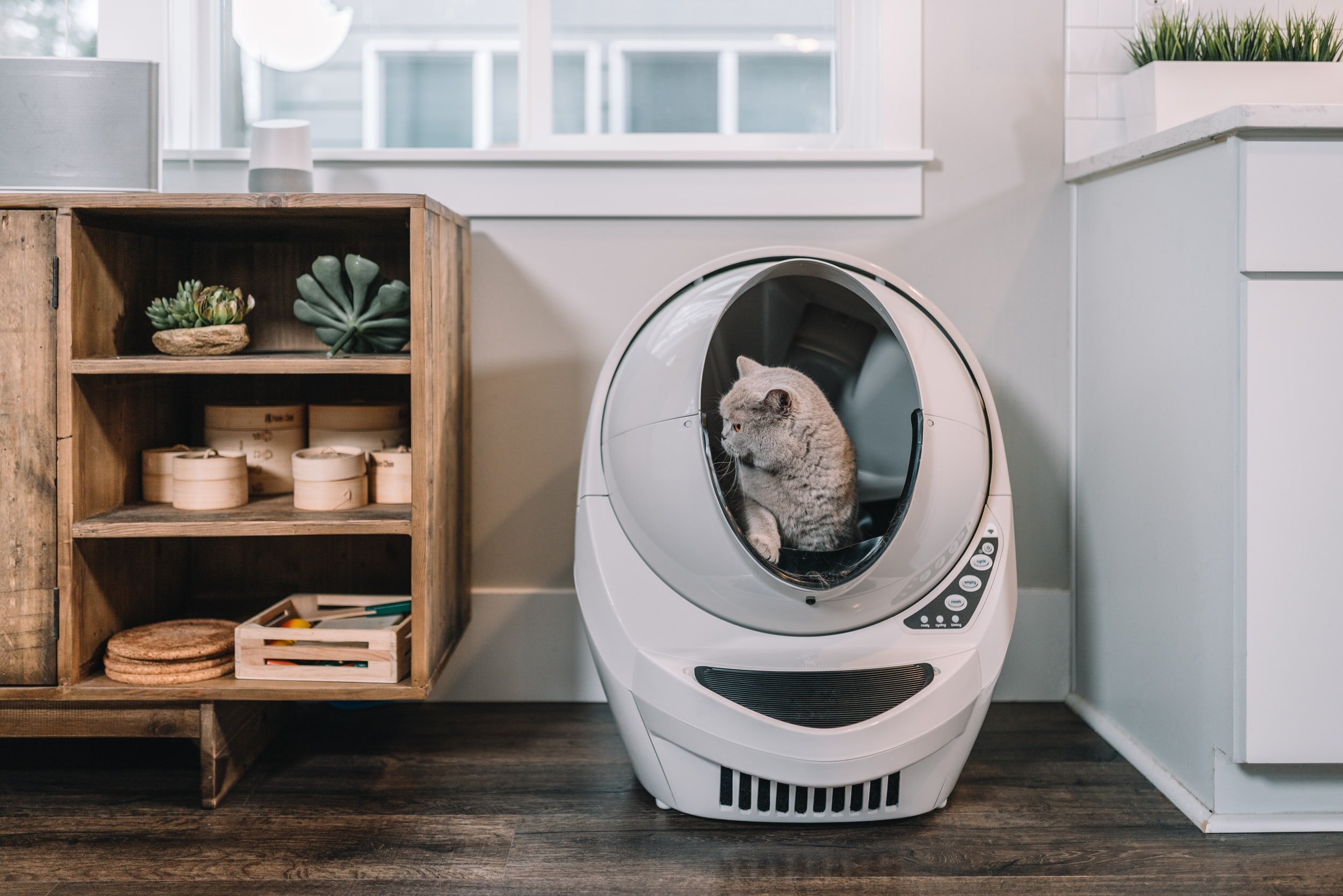What are the Best types of Cat Litter?
You've probably noticed entire aisles committed to kitty litter at your local pet store. With so many brands claiming to be "the best", it's difficult to know which type of litter is the best for you. To help you in your search, this article will break down the difference between clay, silica, and natural types of cat litter.
Types of Cat Litter
Clay Litter
The most common and available type of cat litter is clay litter, of which there are many variations. Clumping clay litter absorbs the urine and forms a scoopable clump for removal. Non-clumping litter is formulated to absorb the urine without needing to turn wet and cement-like. Non-clumping tends to come in large particles.
Clay litter is also available in low dust and low tracking formulations. Low tracking helps by providing litter that sticks less to your cat's paws and gets fewer particles outside of the litter box. Clay litter is notorious for being dusty, especially when dumping. Companies offer low dust versions to help prevent inhalation while pouring and scooping to keep both you and your cat healthy.
Silica Cat Litter
You might have seen advertisements for "crystal" litter. Crystal litter is actually made from silica gel and prides itself on being extremely absorbent of liquids and odors. Silica is the same substance inside silica packets you find in bags and shoes. Some brands even have color-changing crystals to help notify the owner of potential illness since cats are great at hiding that they're sick.
Silica gel litter works by absorbing the liquid and odors instead of clumping, so only solids need to be sifted out. This means you'll need to change the litter completely after four weeks instead of just scooping. Silica cat litter tends to be more expensive than clay, but most pet owners find it lasts longer. And cat owners use just as much. Silica litter also has no dust, so there are no concerns about you or your cat inhaling any airborne particles.
The most popular types of cat litter are clay, silica, paper, and natural.
Natural Cat Litter
There are many types of natural cat litters offered in stores. Some pet owners choose to go this route to help the environment. Natural cat litter is made of recycled by-products that would end up in a landfill. They are biodegradable and better for the environment than some of their other counterparts. Some examples of natural litter are pine, corn, walnut shells, and grass seed. Natural litters are typically low dust and low tracking. There are both clumping and non-clumping to suit your needs.
Paper Litter
Paper litter is used on a short-term basis for cats with allergies, injuries, surgeries., or other instances where regular litter shouldn't be used. Recycled, compressed paper expands when it comes in contact with liquid and absorbs it. However, it isn't the best at eliminating smells. If your cat has ever had an injury or surgery, your vet may have sent some home with you. This ensures tiny litter particles don't enter the wound or surgical site and cause infection.


